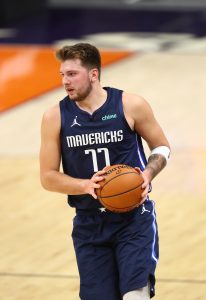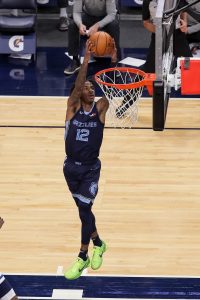A handful of Eastern Conference teams are just about exactly where we’d expect them to be through the first two weeks of the 2020/21 season. I don’t imagine, for instance, that anyone is especially shocked by the records put up so far by teams like the Pacers (5-2), Celtics (5-3), Hawks (4-3), Hornets (2-5), or Pistons (1-6).
However, there are also plenty of surprises at both the top and the bottom of the conference standings. It is, of course, still very early in the season, so any trends from the last couple weeks could be easily reversed before the end of January, but now that every team has played between six and eight games, it’s worth checking in on the early results to see how sustainable they might be.
The Sixers (6-1), Magic (5-2), Knicks (4-3), and Cavaliers (4-3) are among the pleasant surprises so far. The 76ers have benefited from a relatively soft schedule and were viewed as a slam-dunk playoff team before the season, but the fact that they hold the NBA’s best record is still impressive.
Orlando, meanwhile, was considered a borderline playoff team, while New York and Cleveland were expected to be in the lottery. The Magic and Cavs have taken advantage of roster continuity to get off to a strong start, while new head coach Tom Thibodeau appears to have be having an impact for the Knicks.
In the middle of the pack, the Bucks (4-3), Nets (4-4), and Heat (3-3) have been up and down, but it seems likely that it’ll be just a matter of time before they hit their stride. Milwaukee and Brooklyn, in particular, each rank in the top five in the league in net rating, despite their middling records.
In the lottery, the biggest disappointment so far has been the 1-5 Raptors, who have had one of the NBA’s worst offenses through their first six games. While Toronto is too talented to remain in the 14th seed for much longer, the team’s early struggles suggest it may not be easy to adequately fill the holes that were created in the frontcourt when Serge Ibaka and Marc Gasol departed in free agency.
Elsewhere in the lottery, the 4-4 Bulls have slightly outperformed expectations so far, while the 2-5 Wizards have looked a little better after a disastrous start.
We want to know what you think: What are your early impressions of the Eastern Conference race?
How many of those surprise teams in the playoff picture do you think will remain there? Is it just a matter of time before the likes of the Magic, Knicks, and Cavaliers drop way down the standings, or do any of them have legit staying power? Can the Sixers hold the top seed? Will the Raptors rebound and comfortably make the playoffs or will they spend the season vying for a spot in the play-in tournament?
Head to the comment section below to weigh in with your early thoughts on the East!
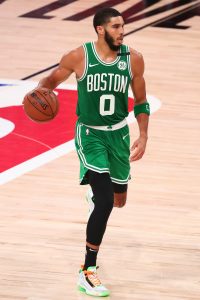
 Los Angeles Clippers
Los Angeles Clippers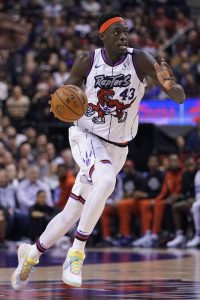 Toronto Raptors
Toronto Raptors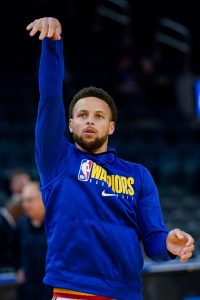 When a player signs a maximum-salary contract, he doesn’t necessarily earn the NBA max for each season of that contract — he earns the max in year one, then gets a series of identical annual raises. In Curry’s case, his 2020/21 salary actually exceeds this year’s maximum, since his deal started in the summer of 2017 and includes 8% annual raises. The annual cap increases haven’t kept up with those 8% raises.
When a player signs a maximum-salary contract, he doesn’t necessarily earn the NBA max for each season of that contract — he earns the max in year one, then gets a series of identical annual raises. In Curry’s case, his 2020/21 salary actually exceeds this year’s maximum, since his deal started in the summer of 2017 and includes 8% annual raises. The annual cap increases haven’t kept up with those 8% raises.
 Phoenix Suns
Phoenix Suns